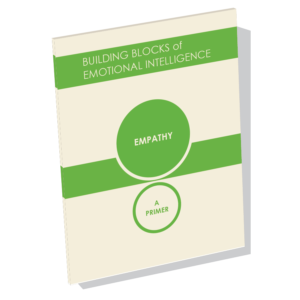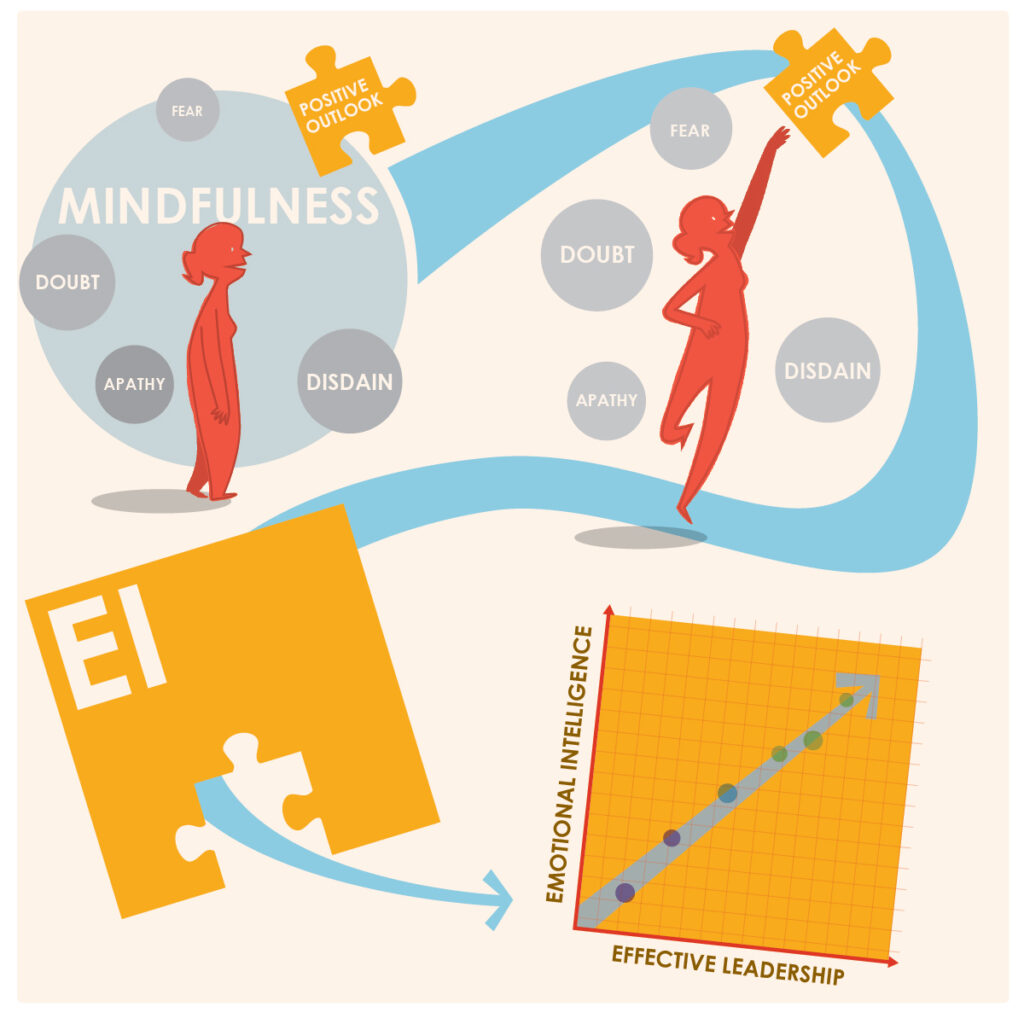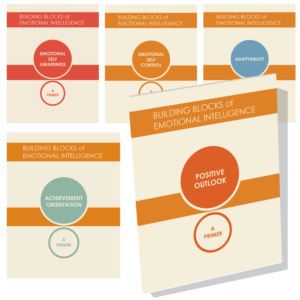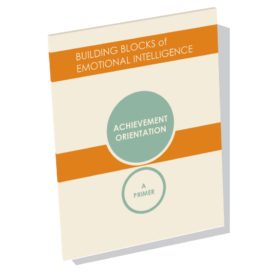
When leaders struggle with staff morale or direct reports failing to thrive, a lack of empathy is the lead domino. These leaders forget that, as humans, we tend to make decisions based on our stories about other people. These stories impact our every interaction with others because we can’t hide the emotions behind them. Our stories also determine our broader management tactics, which can be as wildly off the mark as our stories themselves.
Negative stories about others that we hold as leaders come from what Heath and Heath call the “Fundamental Attribution Error” (Switch, 2010). The simple idea: it is “our inclination to attribute people’s behavior to the way they are rather than the situation they are in” (180). The error, of course, is that situations are far more likely to impact behavior than character traits, and this approach can lead to unnecessary conflict or losing high-potential employees.
The antidote is what I have come to call the noble story. This idea has its roots in the concept of noble purpose, which I learned in my coaching training at the Teleos Institute. The basic premise is that we all believe we act from “noble” intention, which we can connect to our core values. If we believe this is true for others as much as it is true for ourselves, then we must call into question stories that assume negative intent. This offers us a path to connecting with people we struggle to believe in.
Much of my coaching involves helping school leaders connect personally with teachers and parents who have disappointed them, who are actively resisting them, or who just don’t share their race, class, gender, or philosophy. Empathy comes into play often. A principal’s job is to create the conditions for students and teachers to learn in their buildings, and the core emotional conditions they must create are based on trust through relationships. You can’t fake caring and trust, so it’s my job to teach principals how to build it with everyone.
The key is to help these leaders replace their negative stories with the noble story that the other person holds about him or her-self.
This line of coaching begins when I hear my leaders start to explain their report’s behavior with their negative stories. I hear things like, “How is it that an adult who went to college doesn’t know how to ____,” or “he’s not a good fit here because he doesn’t (care/try/believe) enough. “When I hear these kinds of comments I ask the following questions to raise self-awareness:
“How does that story serve you, and how is it getting in your way?”
“To what extent do you think that they are aware of how you are feeling?”
“What impact do you think that assumption has on your staff member?”
Leaders usually get to the unpleasant answers themselves, but if they don’t, I remind them of Daniel Goleman’s concept of the emotional loop: you can’t fake or hide your true emotions. People know how you feel about them. And the impact of not being “believed in” on one’s ability to learn–especially when learning includes an adaptive challenge–is debilitating.
From here, we start our work on self-managing stories. This is where we build the “muscle” to manage negative stories and create noble ones. The following are steps that any of us can use to develop this muscle.
Showing Up To Connect: A Self-Management Exercise to get to Empathy
- List 3-5 things about the other person that is part of your negative story. What are your emotional triggers behind this story? How can you manage them?
- Make a list of the real challenges this person is facing at work and/or in life. Connect each one to an emotion they are likely experiencing that may be contributing to the challenge at hand. What can you genuinely empathize with?
- Write a list of at least five aspects of the other’s noble story that you also value. These may include:
- core values or character traits that you can respect about them
- current strengths
- past growth and success
- the intentions that drive their actions that you can respect
- List the things that you want for the other as a person (i.e. as another human being in this world that is trying to do this work and live a happy life).
After taking these steps I ask my leaders to write them as a narrative. I ask them to share it with me, and then I ask them what emotions they are feeling toward their staff member. Leaders notice a significant change of emotion from our past conversations, and even from right before doing this exercise. This is a sign of developing empathy, and it comes with a new approach in how the leader interacts with their team. With this motivation, I charge them with:
- Revisiting their “Noble Story” narrative before their next meeting with their report.
- During the meeting, asking questions about their report’s own noble story. Leaders should listen for what they missed or don’t understand, holding the intention of building their noble story.
- Affirming what they hear and adding pieces of their own narrative.
Leaders usually report an instant shift in the energy of their relationships. This is just a beginning of course. Over time I work with leaders on developing the muscle to hold their story even when people struggle or disappoint them in some way.
Feeling empathy for the people we lead is not the silver bullet to accelerating growth or building team morale, but I have found it to be the foundation for both. People need to feel that their leaders believe in them and trust them enough to take learning risks. They also take the cues from leaders about how to treat others.
Recommended reading:
Our new primer series is written by Daniel Goleman and fellow thought leaders in the field of Emotional Intelligence and research. See our latest release: Empathy: A Primer for more insights on how this applies in leadership.
For personal interviews, see the Crucial Competence video series!
















